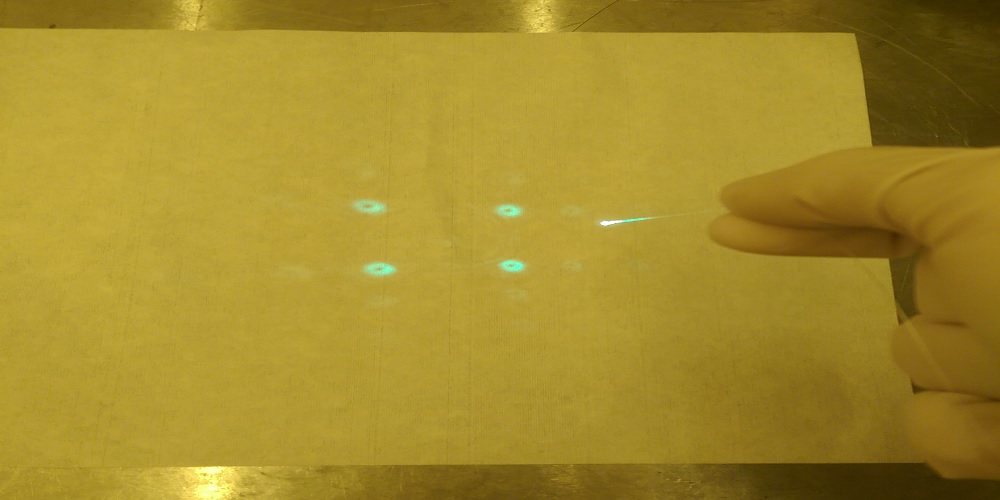Diffractive optics is a form of optics that uses elements that operate on the theory of light diffraction. Through such a kit, you can perform a wide variety of optical functions.
Diffraction gratings and related instruments, for example, take advantage of diffraction at specific periodic grating systems. However, when it comes to micro-optic components, the name diffractive optical elements are most often used. The simplicity of micro-optic diffractive optics for achieving a broad variety of optical functions (partially with substantial efficiency improvements over other approaches) and the ability to do so with very thin devices are two of the most appealing aspects of the technology.
The wavelength dependency of the output of diffractive optical elements is a common feature, as the optical wavelength determines variations in the optical phase, which are needed for diffraction effects. That is often not a concern, particularly in laser applications, since laser radiation is limited to a narrow optical bandwidth anyway.
More troubling is the fact that a significant amount of optical power is often lost in the zero diffraction order, which is useless for the application.
The following examples will help you understand the most common types of diffractive instruments.
Periodic Diffraction Gratings
Periodic diffraction gratings may be made in a variety of ways, including ruled gratings and holographic techniques.
They’re useful in a variety of situations, including:
- Spectrometers with gratings have a lot of chromatic dispersion (e.g. for chirped-pulse amplification systems)
- spectral beam mixing wavelength tuning with lasers diffractive beam splitters
Volume Bragg gratings, in addition to surface gratings, include refractive index modulations within a medium.
Micro-optics of Diffractive Diffraction
Micro-optic diffractive components are typically thin plates with a spatial sequence of optical phase changes imposed on an incident light beam, which is often a laser beam. Others are binary components, with just two distinct phase delays across the entire surface, while others have “analog” phase profiles, with (in theory) random phase variations.
Although the height profile is normally constrained, discrete height phases, the size of which is always the vacuum wavelength separated by the refractive index difference between the used material and the surrounding medium, can be used to create quasi-continuous phase profiles with broad phase variations (e.g. air).
Micro-optic instruments are designed to produce a specific diffraction pattern with a well-defined distribution of optical powers in the various spots. These instruments may be used as diffractive beam splitters with several (sometimes many) outputs, or as beam combiners in reverse, for example, to merge coherent beams from high-power lasers.













Comments